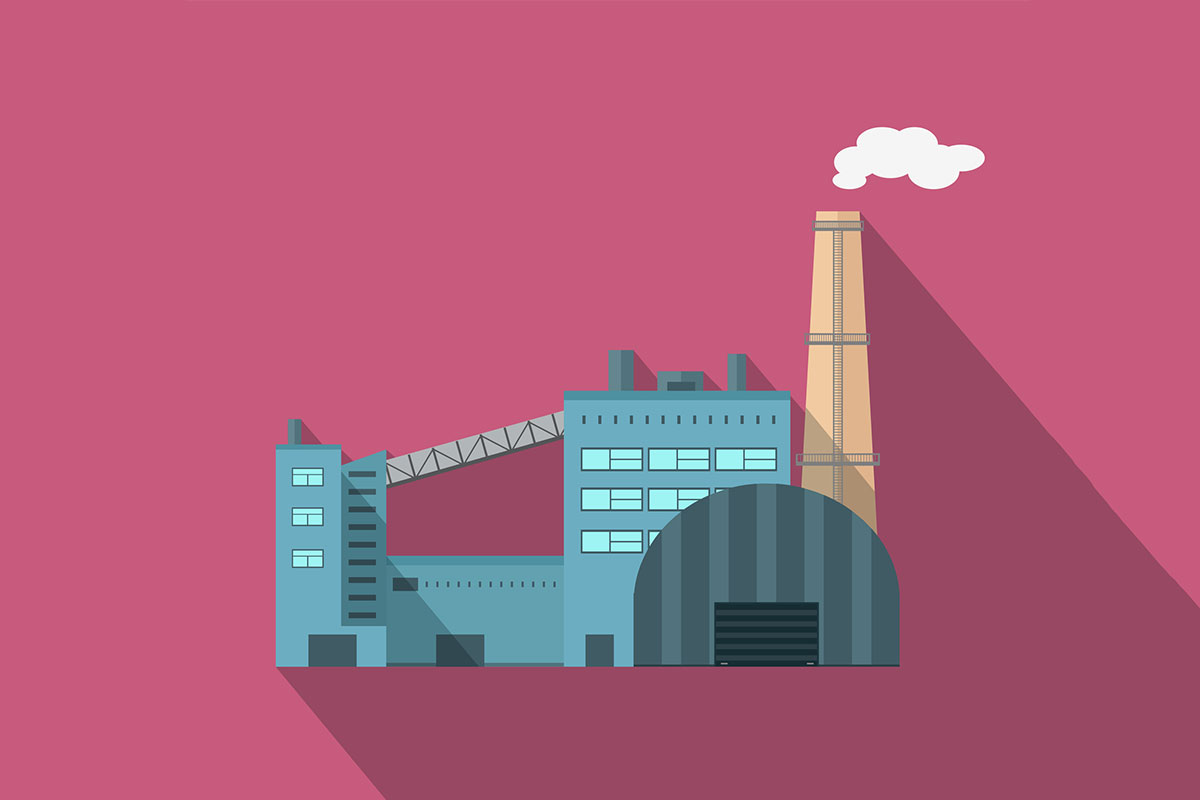
With strong propulsion from a zest to return factory jobs to the U.S. and new federal infrastructure and tech spending, the reshoring phenomenon has gotten a lot of buzz—but problems abound that could hobble the much-ballyhooed trend, according to Bank of America.
“America’s manufacturing renaissance could either be delayed or derailed by mounting structural headwinds and by some negative unintended consequences,” admonished a report by Joseph Quinlan, head of CIO market strategy for Merrill and Bank of America Private Bank, and Lauren Sanfilippo, senior investment strategist.
One of the biggest stumbling blocks, they wrote, is a labor shortage. The U.S. will have graduated only 108,000 technicians (who operate, maintain and fix electronic gear) by 2030, but demand is for 130,000 by then, they stated. Similarly, the nation will have produced 42,000 engineers and 21,000 computer scientists at that point, yet will need 69,000 and 34,000, respectively.
The other shortfall is in construction workers, the study declared. U.S. factory construction has climbed 80% from a year ago, yet the nation suffers from 374,000 unfilled construction jobs, per the Job Opening and Labor Turnover Survey from the U.S. Bureau of Labor Statistics.
The issue came to light recently when the Taiwan Semiconductor Manufacturing Co. announced that its construction of a chip factory in Arizona has been delayed. The problem: a lack of enough skilled American construction workers to complete the facility, during the delicate final phase installing its most high-end equipment. Mark Liu, TSMC’s chair, said in a July earnings call that “there is an insufficient amount of skilled workers with those specialized expertise required for equipment installation in a semiconductor-grade facility.”
As a result, Liu has pushed back the opening of the Phoenix plant by a year, to 2025, and is sending skilled workers from Taiwan to teach Americans how to do the job. The local building trades union has objected to this move, saying its members possess the skills to finish the factory.
On top of that, there is a lack of sufficient critical metals and minerals—the U.S. does not have a secure domestic supply of lithium, nickel, graphite and other minerals needed to expand production of solar panels, wind turbines, semiconductors and electrical vehicles.
Another big weakness is that the U.S. depends on China to provide it with processed materials that aren’t found on American shores. And this during a serious rift with China. China’s “processing infrastructure—think smelters, refiners, cracking activities, chemicals and related capabilities—is second to none on a global scale and represents a potentially dangerous chokepoint given that U.S.-Sino bilateral relations are at a decade’s low,” Quinlan and Sanfilippo pointed out. One disturbing example, from a U.S. standpoint: American “imports of lithium-ion batteries from China more than doubled in 2022, to $9 billion.”
The U.S. has long depended on attracting talent and capital spending from abroad, but the BofA report maintained that such inflows cannot be assured in the future. “U.S. policies have triggered a global industrial subsidy race, with the European Union, Germany, France, Japan, Canada, the United Kingdom and a handful of other nations” offering their own subsidies and incentives to bring in skilled people and capital, the two strategists observed.
Reshoring may sound good, but the U.S. will remain dependent on other countries, in BofA’s view. The report contended that the upshot is: don’t count on putting “all your productive capacity into one basket.” That simply will be unrealistic.
Related Stories:
Why Job Reshoring Is Merely a Trickle
Why U.S. Efforts to Regain Chip Dominance Are Uphill
‘Doctor Copper’ May Be Signaling an Upturn—for the Metal and the Economy
Tags: China, manufacturing, reshoring
